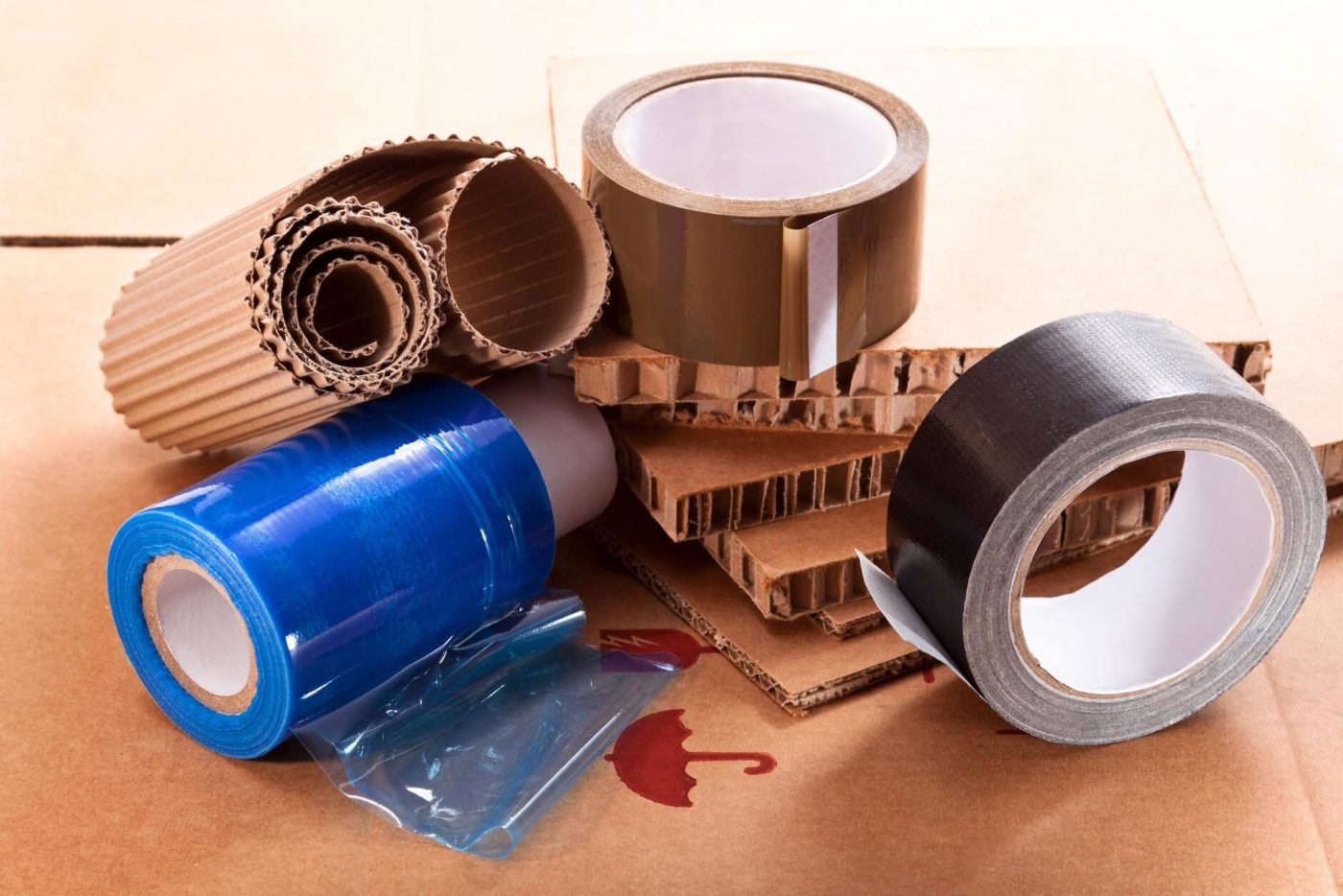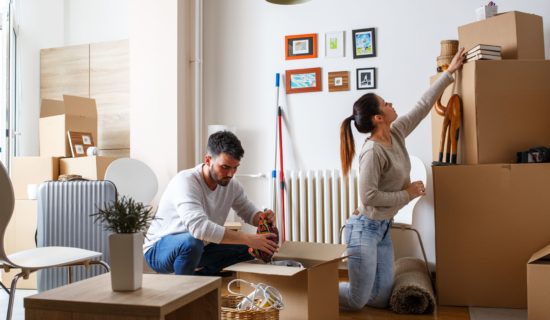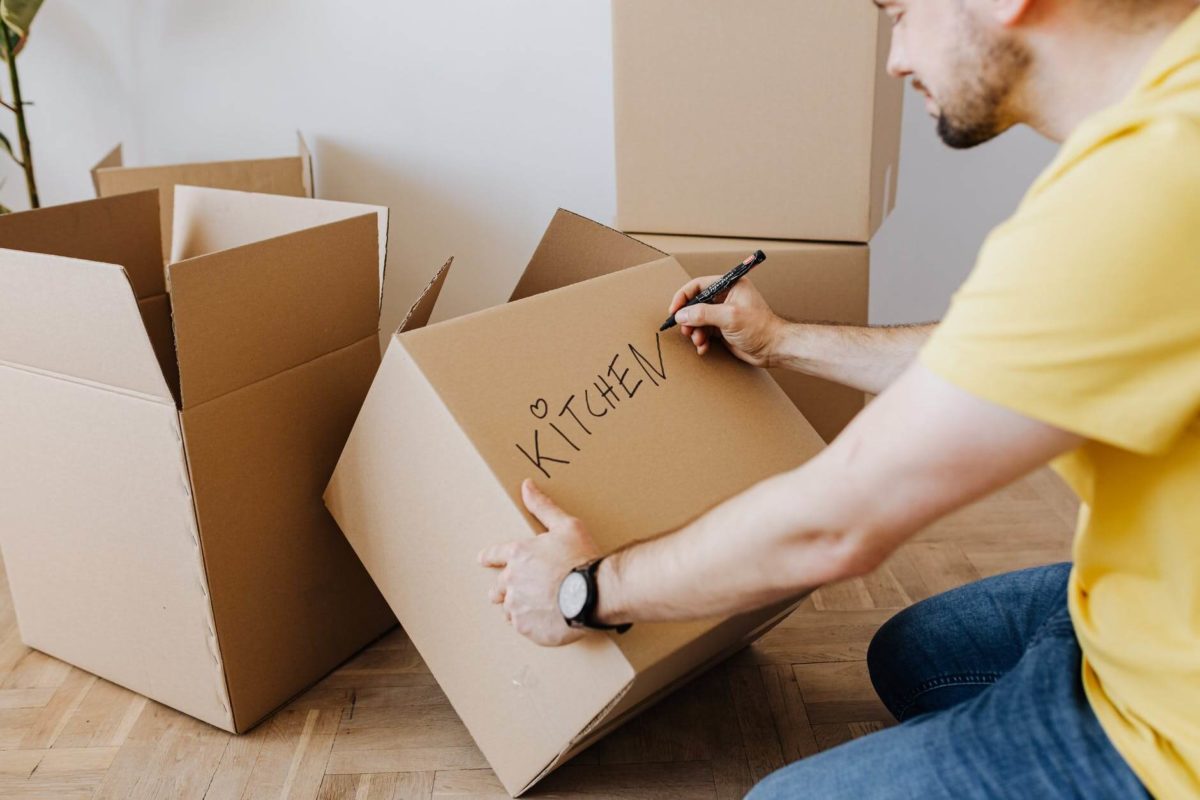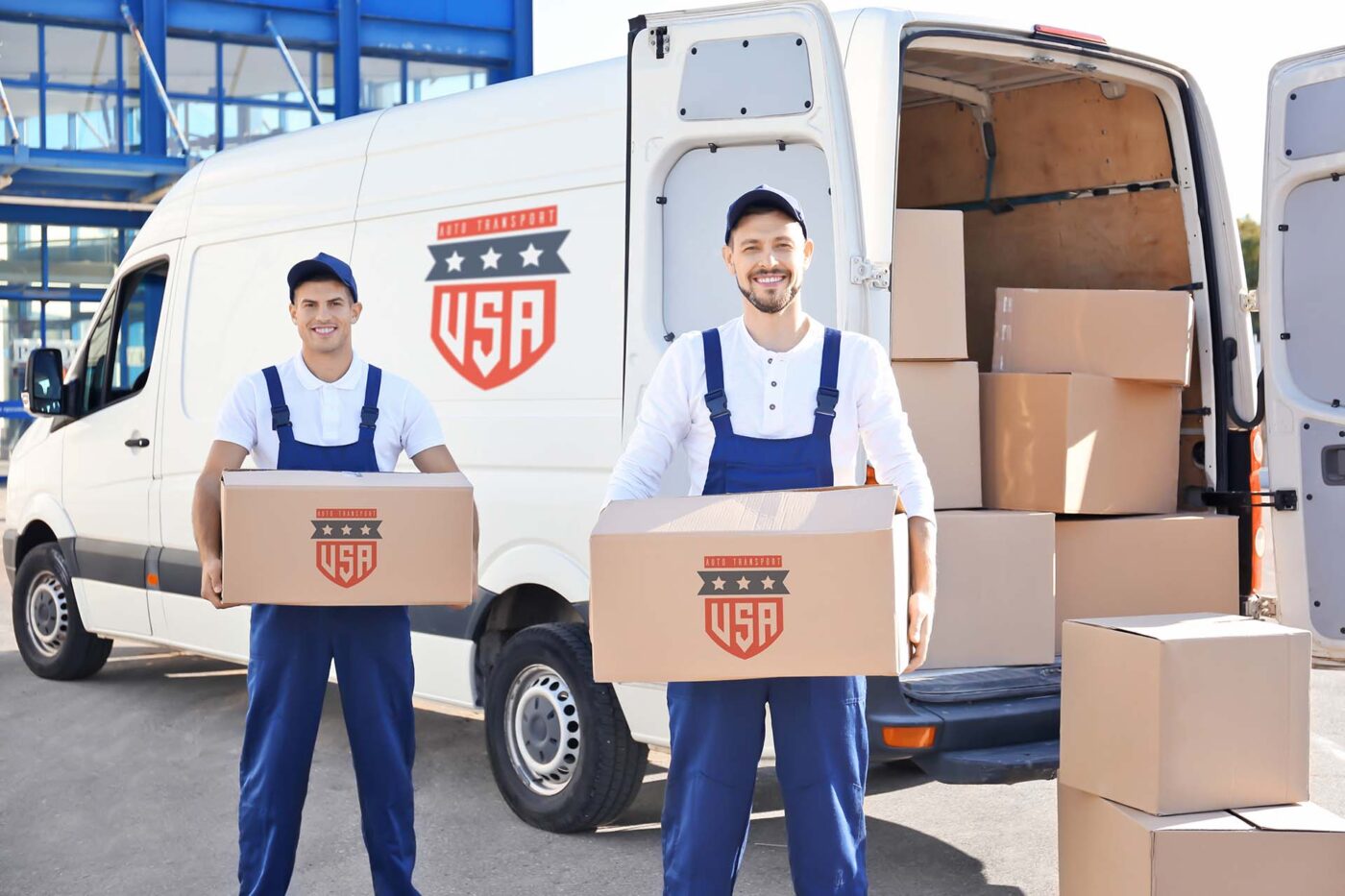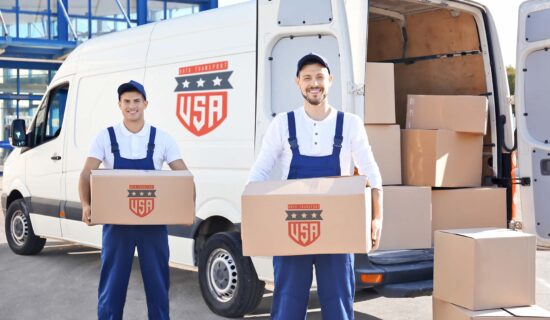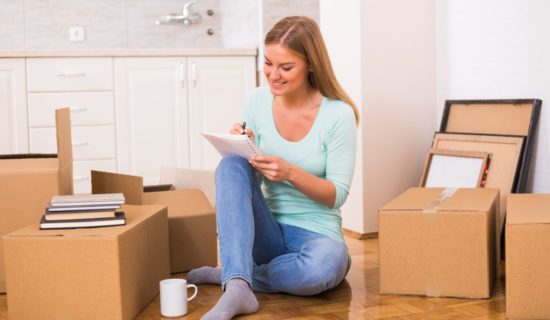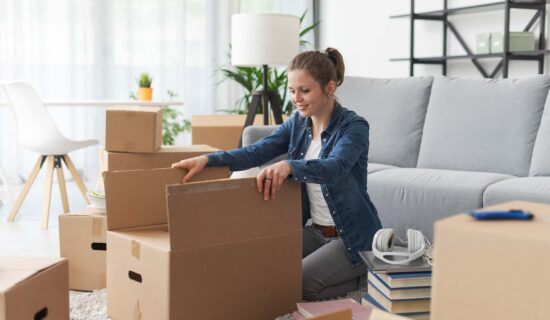Packaging your kitchen requires extra care, especially when it comes to fragile kitchenware and appliances. Start by wrapping delicate items individually with paper or bubble wrap to provide cushioning.
Use sturdy boxes or dish barrels to protect fragile items during transport. Remember to label them as “fragile” to ensure careful handling and make unpacking easier. For appliances, remove any detachable parts, secure cords, and wrap them in protective materials. Taking these precautions will help safeguard your kitchen essentials and ensure they arrive intact in your new home.


